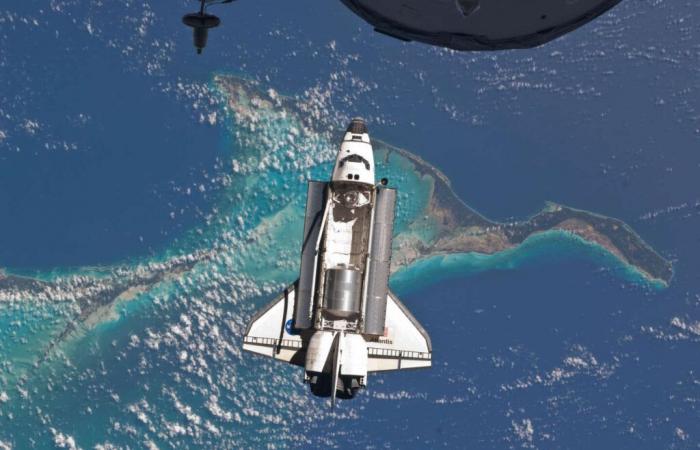Although the space age is generally considered to begin on October 4, 1957, with the launch into orbit of the first artificial satellite, the famous Sputnik-1 of the USSR, it is also possible to remember June 20, 1944 as the starting date. On that day, for the first time, an object designed by humans easily crossed the 100-kilometer altitude mark, today considered the frontier with space. The device in question was a German V2, developed by engineer Wernher von Braun, SS and member of the Nazi party, which would not prevent him from subsequently becoming the father of the American Saturn-V megarocket, that of the Apollo program. But let’s not anticipate and note that The World and space rockets were born in the same year, in 1944. The former would never stop following and commenting on the development of the latter.
The first issue of the Monde is dated December 19, 1944. Only a few days later, in the December 28 edition, the word “rocket” already appears, in a short article reporting the concerns of the American Secretary of State Edward Stettinius: “One only has to consider the progress of aviation over the last thirty years to imagine what an attack by flying bombs or rockets would be like in a future war.”
When it was founded, the newspaper may have had only a meager editorial staff and was only printed on one sheet, due to paper rationing, but science immediately slipped into its columns. The World December 23, 1944, the first science column, signed by Claude-Georges Bossière, appeared. Of course, no editor currently in office has worked with him and we must rely on the memoirs of another in-house journalist to get an idea of the man who single-handedly ran the Science column. In A man from the World (Calmann-Lévy, 1989), Jean Planchais sketched the “elegant character” what was Bossière, who “described in a few words the upheavals caused by the war or brought to maturity by it. He never lost a composure that made him consider all this as natural and of purely intellectual interest. President Truman had just announced that an atomic bomb had exploded over Hiroshima. An atomic bomb? The Bossière affair.”
Claude-Georges Bossière happily slides from a column on Nylon to the mechanism of a nuclear explosion, or from the new Renault 4 CV to the action-reaction principle that propels rockets. From The World of January 12, 1945, he explains that, in a launcher, “The jet of gas expelled towards the rear maintains the movement, and this until the reserve of powder is exhausted. In short, a rocket constitutes in itself an engine, a reaction engine, which is not encumbered by pistons, nor connecting rods, nor gears, an engine whose breath directly creates the movement. Starting from this idea, one can imagine many things, and the fact is that the genius of war already has varied applications.”
You have 85.99% of this article left to read. The rest is reserved for subscribers.






